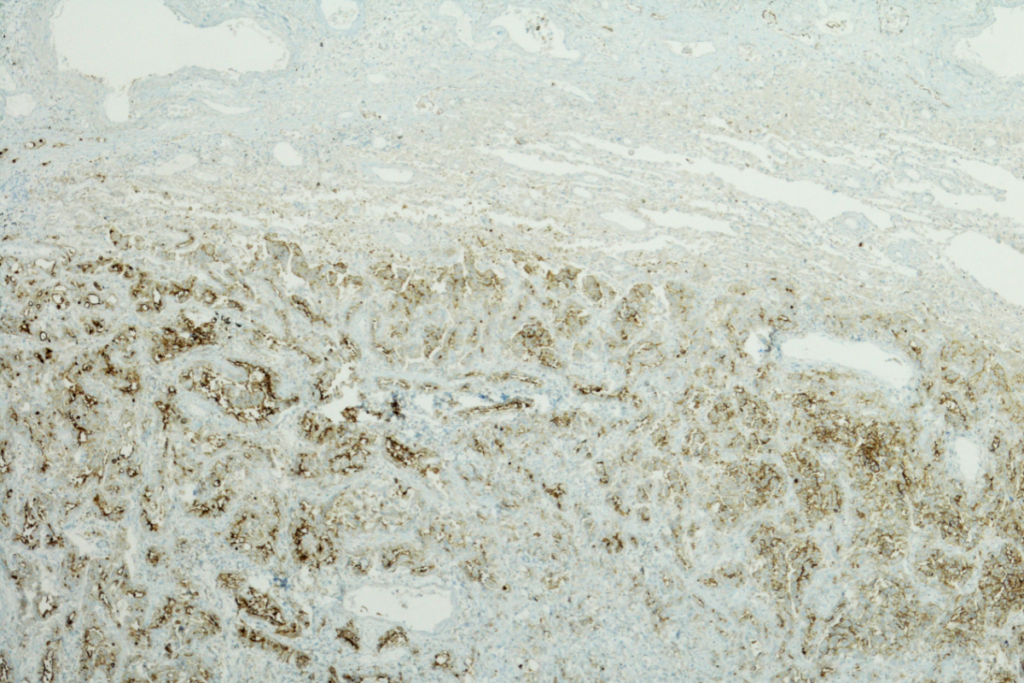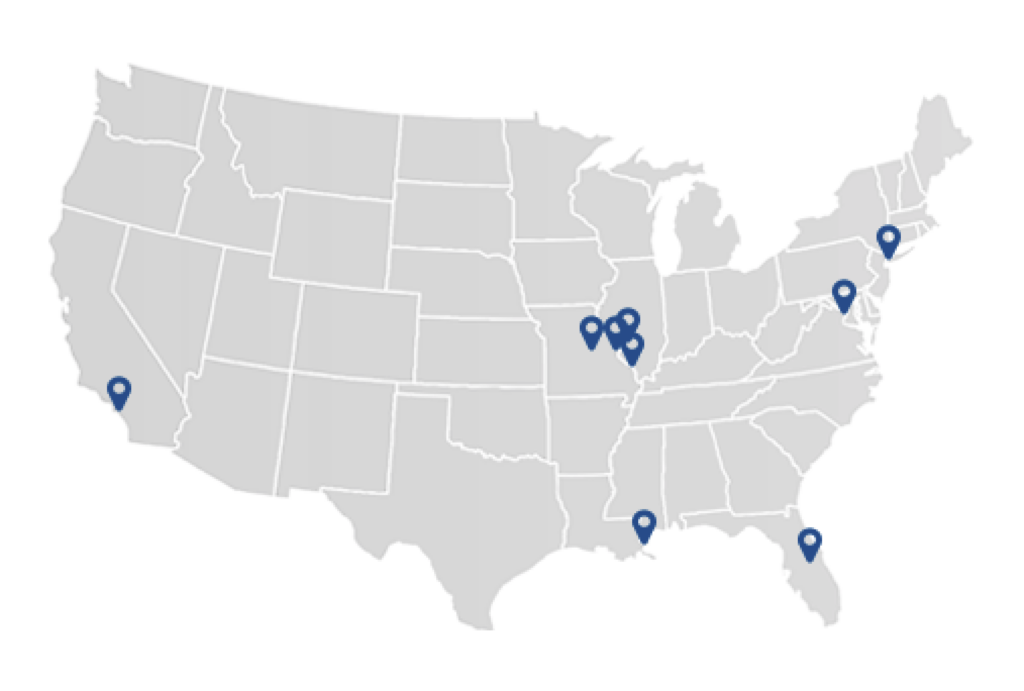
Two families; six minerals
- The serpentine asbestos family has one member: chrysotile asbestos. These fibers are long, pliable and wavy.
- The amphibole asbestos family has five members: crocidolite, anthophyllite, amosite, actinolite and tremolite. These fibers are straight and stiff.
Differences and similarities
The different types of asbestos may look different and have unique characteristics, but they are similar in some unfortunate ways.
All types of asbestos can cause severe damage to a person’s lungs and other organs if inhaled. Any of the fibers can lead to mesothelioma, lung cancer and other devastating illnesses.
That said, knowing the difference between these types of asbestos can be helpful when it comes to tracing exposure and identifying dangerous products.
Protecting against all asbestos exposure
Because asbestos continues to be in products, workers and employers must continue to be diligent about protecting against exposure to all types of the mineral.
This means providing and wearing protective gear, containing contaminated materials and properly removing asbestos from a site and workers. These measures can keep individuals and their families safer.


